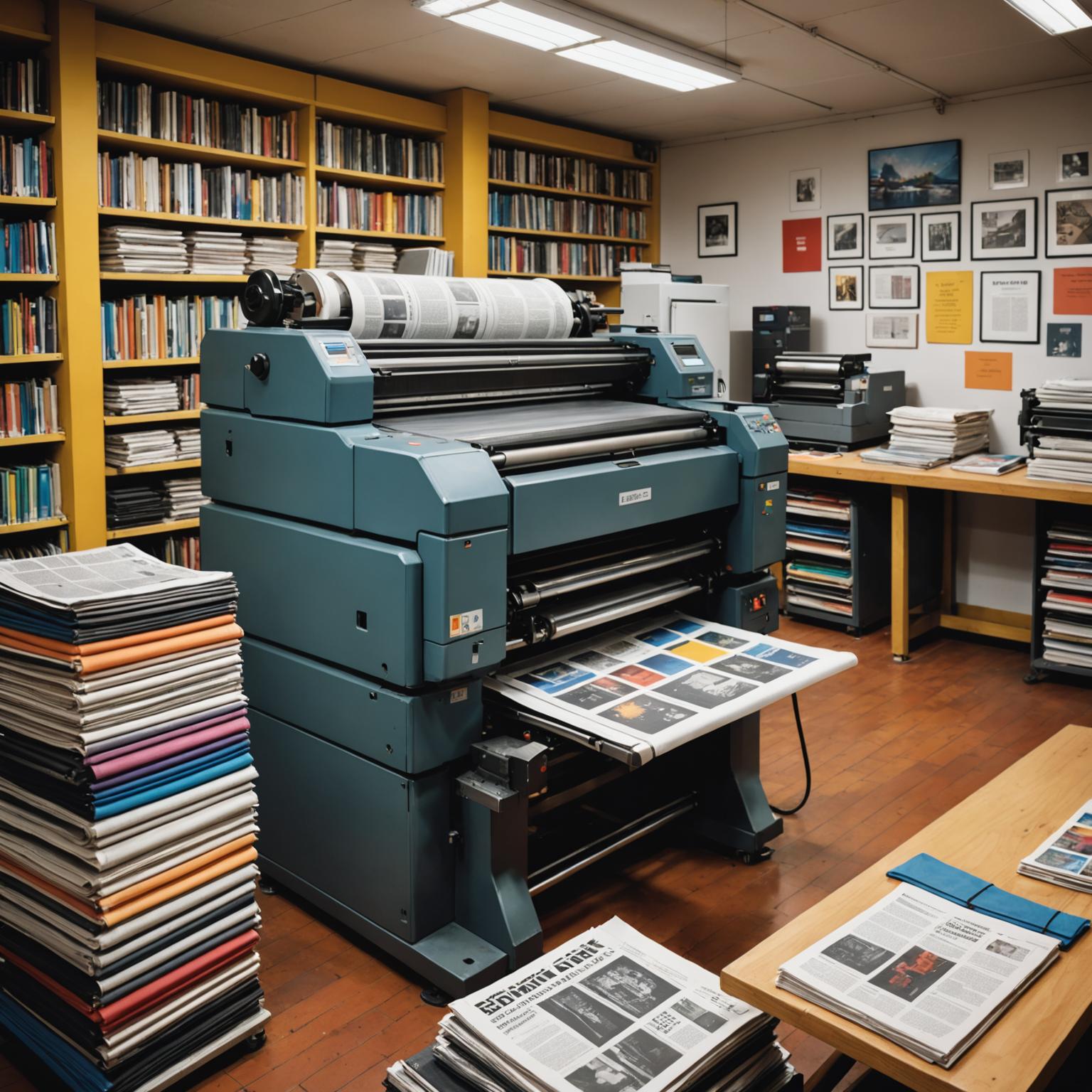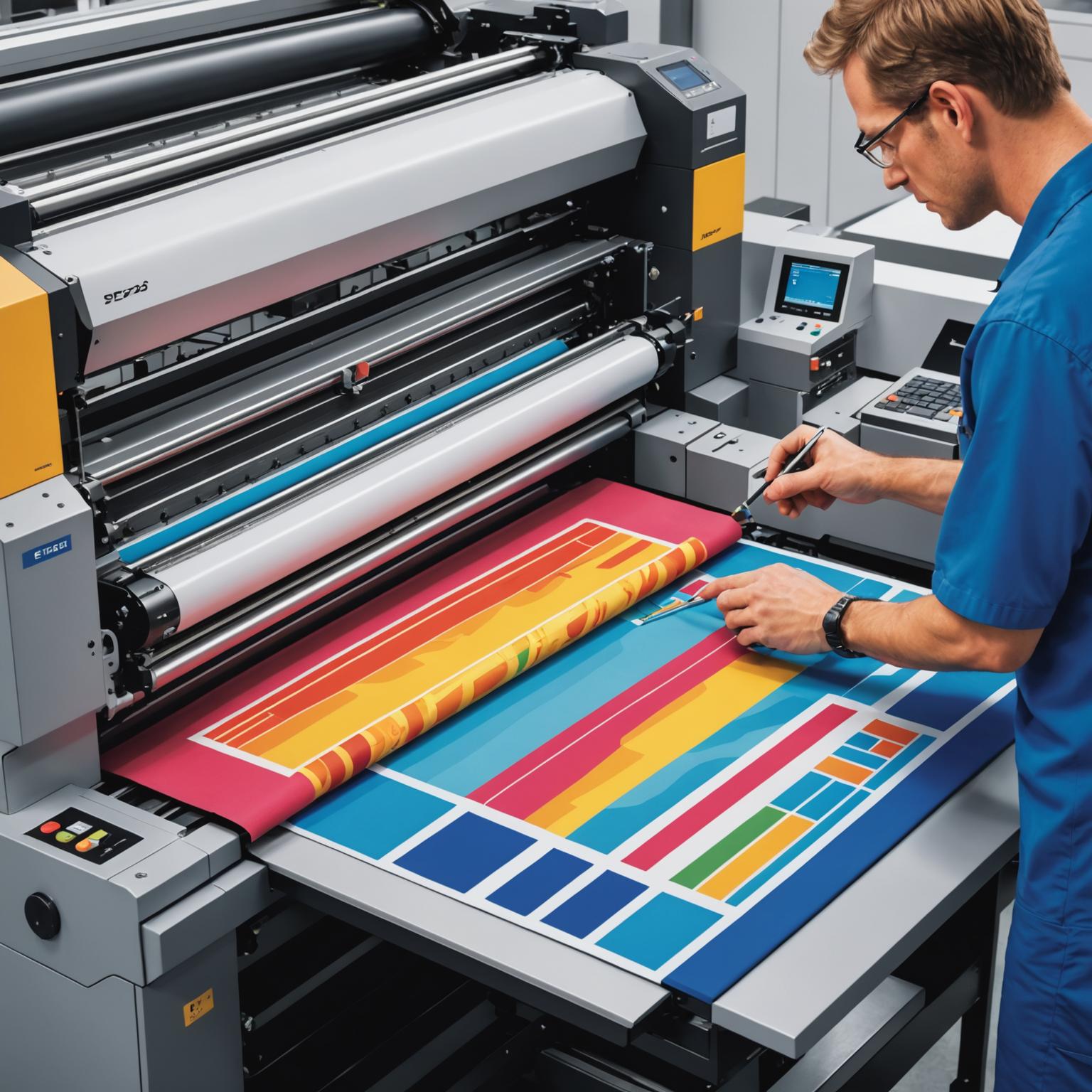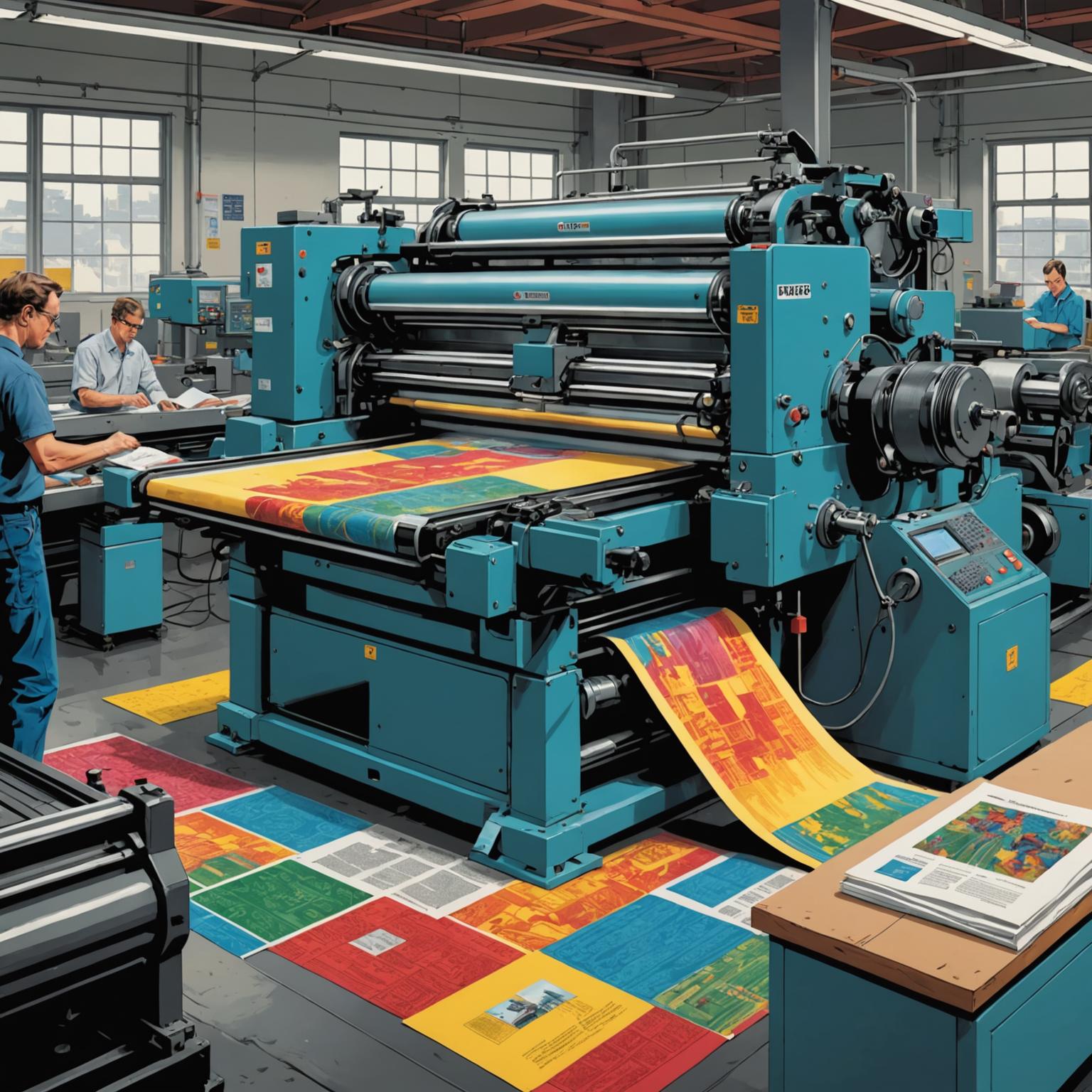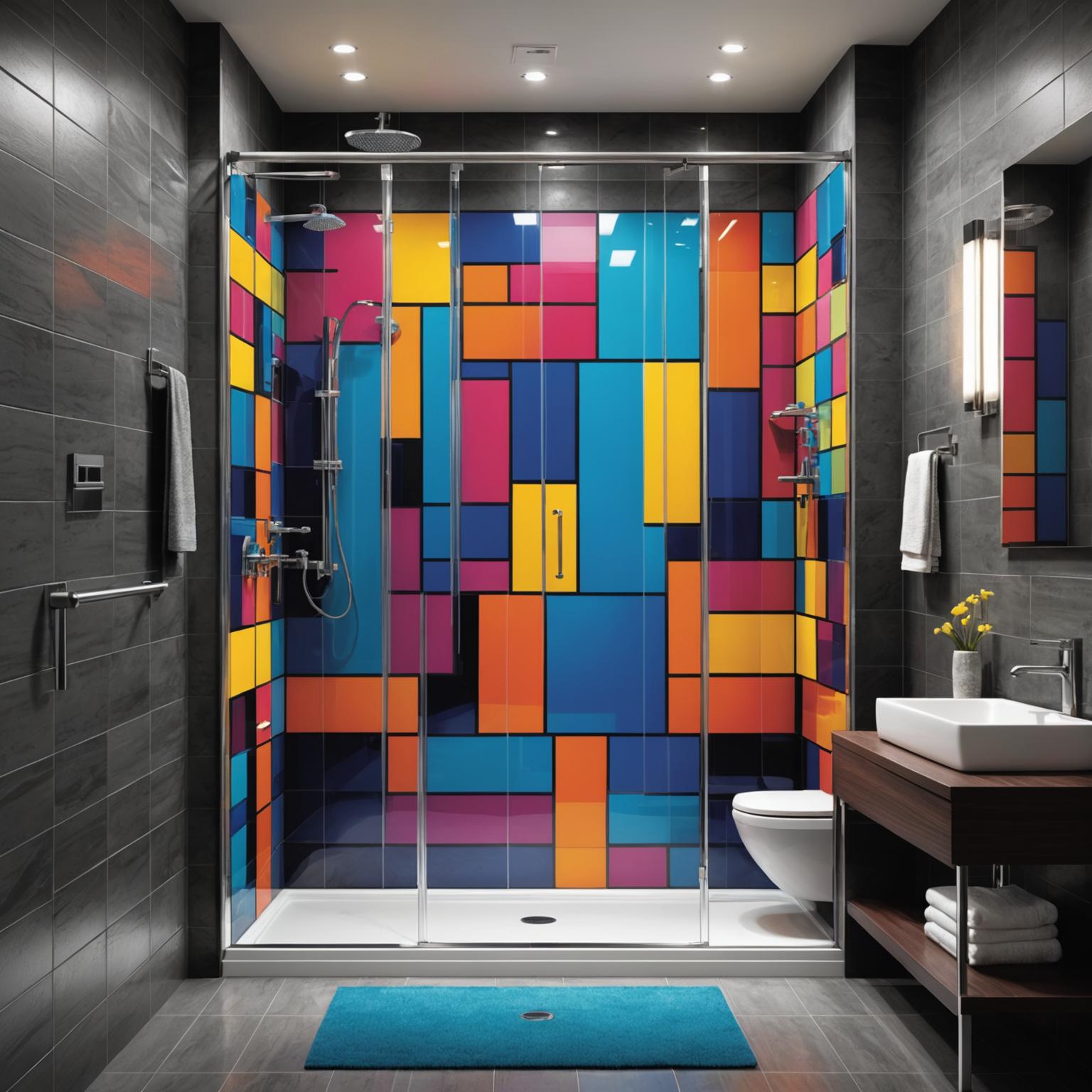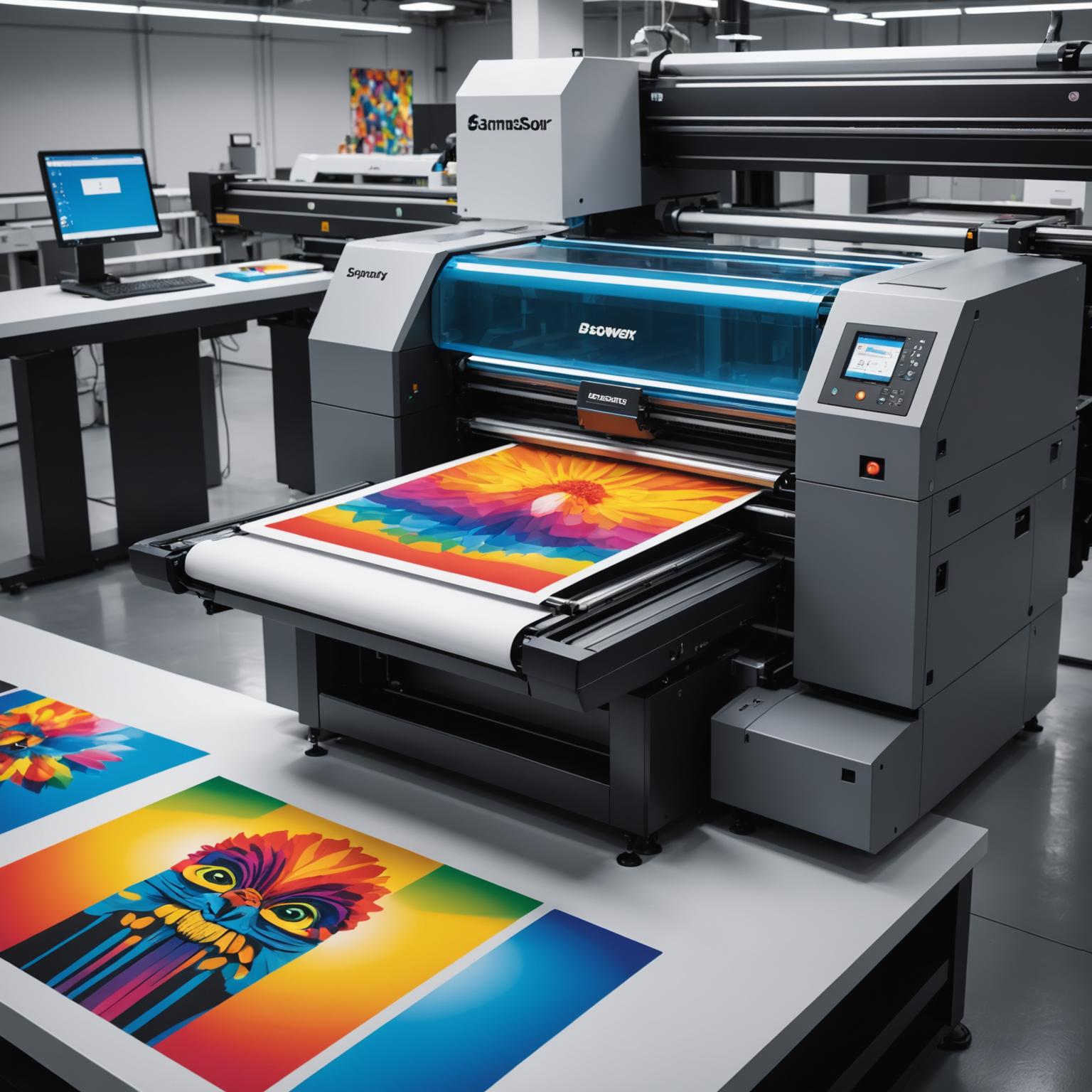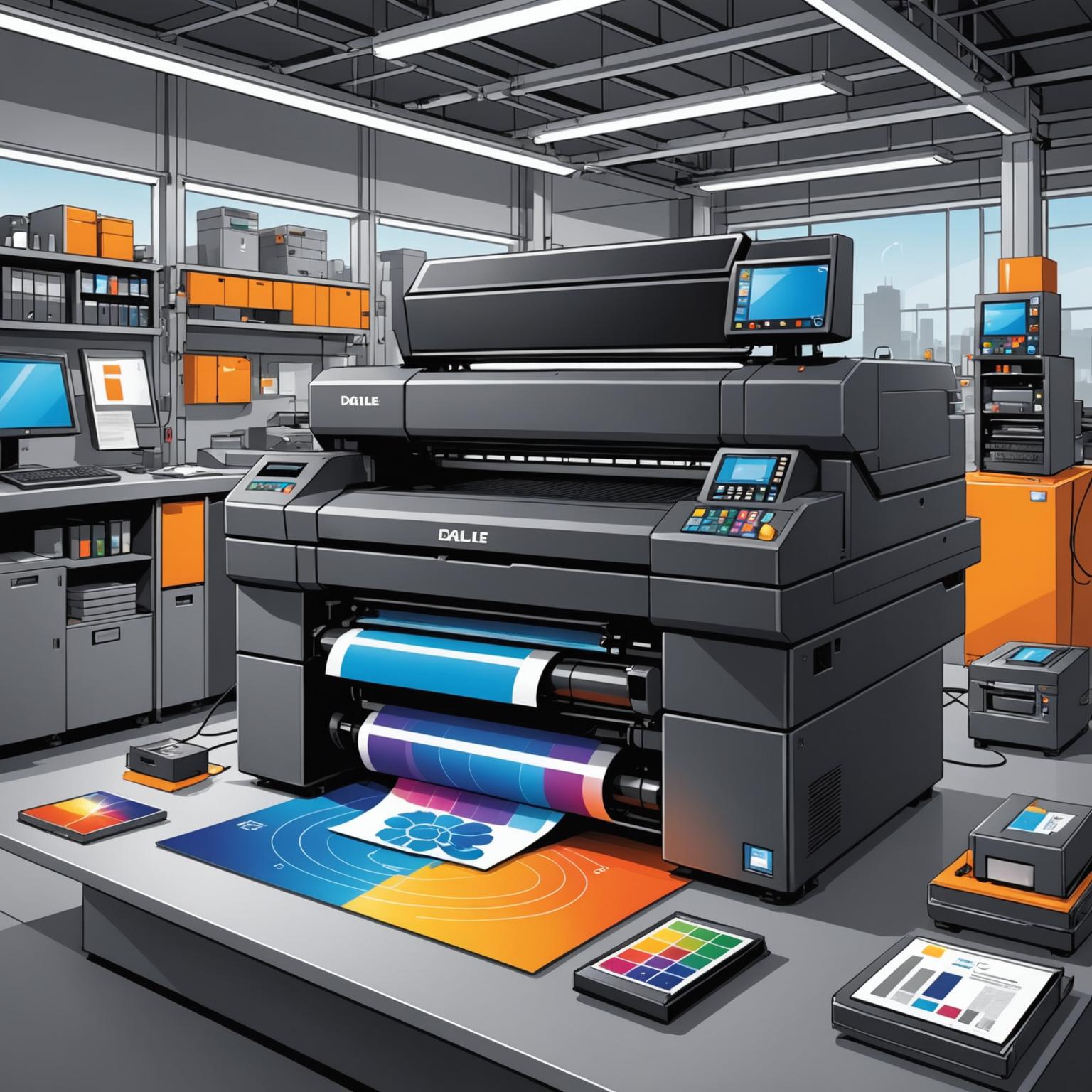In the world of packaging and branding, few innovations have had as profound an impact as self-adhesive paper. This versatile material is the backbone of countless products we interact with daily, from shipping labels to the elegant wine label on a vintage bottle. Its ability to combine functionality with high-end aesthetics, especially when using premium materials like art paper, has made it an indispensable tool for businesses aiming to make a lasting impression on consumers. This adaptability ensures its place as a cornerstone of modern product presentation.
Understanding the Layers of Self-Adhesive Paper
At its core, what we commonly call a sticker or label is a sophisticated composite material. A typical self-adhesive paper construction consists of three primary layers that work in harmony. First is the face stock, which is the top layer that gets printed on; this can range from simple matte paper to luxurious textured materials designed for specific visual and tactile effects. Beneath this lies the adhesive layer, a pressure-sensitive glue formulated for different strengths and purposes—some are permanent for lifelong application, while others are removable for temporary use. Finally, the release liner, usually a paper or film coated with silicone, protects the adhesive and allows for easy peeling before application. The synergy between these layers is what determines the label's ultimate performance, durability, and overall quality.
The Art of the Wine Label: A Prime Application
Nowhere is the importance of a quality label more apparent than in the competitive wine industry. A wine label does more than just convey information like origin and vintage; it tells a story, evokes a sense of place, and sets consumer expectations for the quality within the bottle. Self-adhesive labels are dominant in this sector due to their efficiency in high-speed bottling lines and their superior performance characteristics. A premium wine label must adhere flawlessly to a curved glass surface and withstand challenging conditions, including condensation in an ice bucket, temperature fluctuations in a cellar, and the potential for scuffing during transport. The right combination of face stock and moisture-resistant adhesive ensures the label remains pristine from the vineyard to the dinner table, protecting the brand's carefully cultivated image.
Elevating Aesthetics with Art Paper
To achieve a truly premium look and feel, many high-end brands turn to art paper as their face stock of choice. Unlike standard paper, art paper is specifically manufactured for high-quality graphic reproduction, offering a smoother, more refined surface that can be coated, embossed, or given a unique texture. This material transforms a simple label into a tactile experience, adding perceived value. For a product like a craft spirit, a gourmet food item, or a luxury cosmetic, a label made from high-quality art paper signals craftsmanship and attention to detail before the customer even opens the package. It provides a superior canvas for intricate designs, vibrant colors, and special finishes like foil stamping, adding a tangible element of luxury that resonates with discerning consumers and helps a product stand out on a crowded shelf.
Factors to Consider When Selecting Your Label
Choosing the correct self-adhesive material is critical for the success of any labeling project. The decision involves more than just visual appeal. You must first consider the substrate to which the label will be applied—glass, plastic, metal, and cardboard all have different surface properties that affect adhesion. Environmental factors are also crucial; will the product be exposed to moisture, oils, chemicals, or prolonged sunlight? The desired finish, whether matte, gloss, or a textured art paper feel, will guide the selection of the face stock. Finally, the intended printing method can also influence the choice of material, as some papers are better suited for digital, flexographic, or offset printing. A thoughtful selection process ensures the final label not only looks great but also performs reliably throughout the product's lifecycle.
The Versatile Future of Labeling
From functional logistics to sophisticated branding, self-adhesive paper has proven its immense value across countless industries. Its evolution continues with ongoing developments in adhesives, innovative face stocks, and more sustainable and recyclable options becoming available. For industries that rely heavily on presentation, such as the creation of a distinctive wine label, the ability to use specialized materials like textured art paper provides a powerful and essential branding advantage. This simple yet brilliant technology is far more than a convenience; it is a fundamental component of modern commerce, communication, and design.


